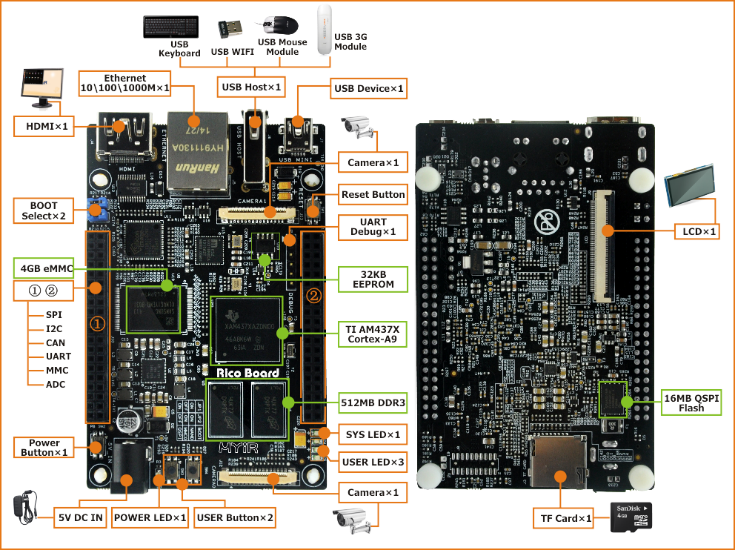A few years back the smart home used to be targeted only to the top echelon. It’s now 2016 and we can see smart home solutions becoming much more affordable and a normal part of daily life for the average household. Smart surveillance cameras, wireless speakers, smart doors, watering systems and so much more can all communicate, create local networks and be controlled and accessed from practically anywhere.
 When it comes to wireless connectivity what we have seen lately mainly corresponds to:
When it comes to wireless connectivity what we have seen lately mainly corresponds to:
- Faster data transfer rates
- Security, security and then some more security
- Lower power consumption – longer battery life
- Smaller footprint – smaller and more affordable products
All of these have been making the Internet of Things (IoT) dream come true, however at least one major piece of the puzzle is still missing and here is where mesh fits in.
Several technologies have been leading the wireless market in the last decade or so, each one with its own edge for the IoT. But when we look for a solution that combines the most advantages for home automation, we see a lot of designers picking Wi-Fi® because it has:
- Longer wireless range than other commonly used home automation connectivity technology options
- Built in IP support
- Competitive price range
- Existing products and infrastructure already installed in the market
Wi-Fi® topology is such that an ad-hoc connection can be created via peer to peer (P2P) connections. Unfortunately, in order to create an ad-hoc network that will best suit the IoT concept, P2P is not the right way to go. It misses too many elements to create a network that will fully utilize the potential of the IoT. For that reason, Wi-Fi mesh topology, 802.11s, was introduced a couple of years ago to bridge the gap but only a few companies chose to support this type of Wi-Fi network.
Mesh brings to the table specific functions that help complete the home automation connectivity picture:
- Any device can directly connect to any device
- It breaks any pre-defined topology restrictions we had prior to mesh
- It extends range from the access point and coverage becomes better on-the-fly with mesh
Texas Instruments now has mesh support with our WiLink™ 8 module which enables an almost infinite amount of new and exciting ways to develop home automation applications. A few examples are:
- Speakers that can create networks on-the-fly and work together to create home theater and surround sound systems
- A water sprinkler mesh system that backs up each sprinkler in case one is not functional while also informing the user of the malfunction
- A light bulb mesh network that knows which light bulbs are not working/connected and responds to a ‘switch on’ request by lighting the closest working light bulb
- A home automation control panel (gateway) to monitor and control the smart home
With a mesh network, the sky is the limit when it comes to home automation and the only boundaries are the ones set by your imagination. So tell us, what is your dream smart home application?
Additional resources:
- Learn more about TI’s WiLink 8 solutions
- Download our white paper about Wi-Fi mesh networks
- Watch our video about how to rethink range with the WiLink8 mesh
- Watch our WiLink8 mesh networking audio demo
- Learn more about the BeagleBone Wi-Fi Audio Cape

































